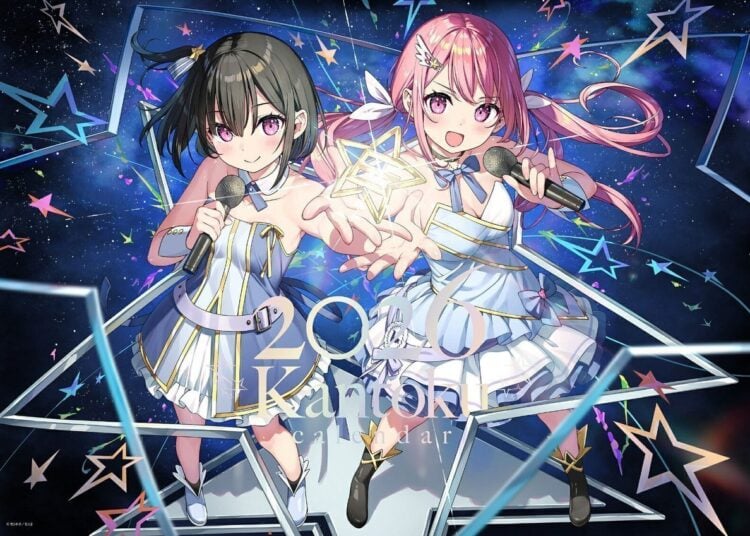In many ways, Westerners are quite enigmatic the Japanese, who can’t understand how we can come in so many variations, with black, brown or blonde hair, varying shapes of body or face, different color skin, and so on. Japanese are often fascinated at the color of our eyes, and I was once asked in all seriousness if I perceived the world with a blue tint because of my blue eyes. (Japanese always have brown eyes, though if you ask one what color his eyes are he’ll tell you “black” because he thinks you’re referring to the pupil rather than the iris…go ahead and try it sometime.) Since animation is a medium in which there are no limitations, character designers often take liberties with reality, creating “Japanese” characters with hair that’s blonde in color, or even pink, red, green or blue, with vibrantly colored eyes to match. It’s interesting to note that while we often perceive these character design elements as “European,” the Japanese rarely do. Another trend is the high number of characters with heterochromia iridum (differently colored eyes) to add a unique “charm point” to a design, though it’s quite rare in real life.
There’s an unexpected aspect to coming to live in Japan: getting used to the number 10,000, which is 一万 ichi man, always pronounced with a long vowel, like “mahn.” While the number system used in the West is based on units of 1,000, the kanji-based system used in Japan and China is based on 10,000, so that the number 100,000 is represented as “10 units of 10,000” and a million as “100 units of 10,000. The conversion is hard enough to do that most foreigners in Japan will keep references to money in Japanese even when speaking English, rather than laboriously re-calculating the number in their head. The number 10,000 comes up in other places, too, like the word 万歳 banzai, which literally means “10,000 years old,” short for 天皇陛下万歳 tenou heika banzai or “May the Emperor live for 10,000 years!” (making it the Japanese version of God Save the King/Queen). If you own a fitness tracker like Fitbit, it probably wants you to walk 10,000 steps, and this is related to Japan, too. Back in 1965, the Yamasa Corporation created the first commercial step tracker which they named 万歩計 man’po-kei or “10,000 steps meter.”
Everyone’s copies of Starless have finally gone out, and we’re getting good feedback from users — thanks! The game explores various fetishes using the style of story and art that only Bible Black creator Sei Shoujo could do. My personal favorite character in the game is Yuuna Mitarai, a girl who shows up to work at the Mami Mansion not knowing what she’s in for…but needing the money for her brother’s operation, she can’t refuse. Note that we’re readying the first patch that will fix a few graphic and text issues with the game…we’ll post to the official JAST USA Facebook and Twitter when they’re available.

















